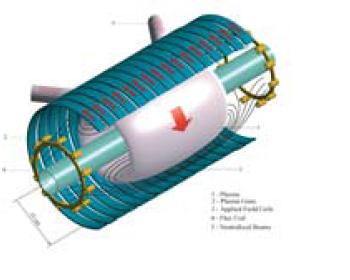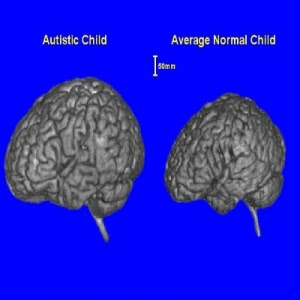The National Association of Manufacturers found that 81 percent of the manufacturing companies surveyed reported that they were facing a moderate to severe shortage of qualified workers; 53 percent of manufacturers reported that at least 10 percent of their total positions where unfilled simply because they were unable to find people with the skills to do the jobs. Part of the story was the general tightness in the labor market around 2005. Fully 39 percent of the companies were having trouble hiring enough unskilled workers. But the real problem was finding skilled tradesmen—electricians, glaziers, cement masons, sheet-metal workers, and the like. Of the manufacturers surveyed, 90 percent reported that they could not find enough skilled workers to fill their needs.
The trend is seen throughout the skilled trades. Case in point: welding. A study by the American Welding Society and the Edison Welding Institute reports that in 2000, there were 594,000 welders working in America. By 2005, that number had dropped to 576,000. By 2009, according to the Department of Labor, the number was 358,000. The average age of a welder today is in the mid-50s. In 2006, 50,000 welders retired, but fewer than 25,000 new welders entered the field. Those trends have continued diverging, resulting in a current shortage of almost 200,000 welders.
A big part of the problem—as the case of welders shows—is simple demographics. Baby Boomers are heading into retirement. By 2020, the number of people over 55 will increase by 73 percent, while the number of younger workers will increase by only 25 percent. This squeeze will leave America with a shortfall of 10 million skilled workers by 2012. And the squeeze only gets tighter. Some 70 million Baby Boomers will exit the labor force over the next 18 years, but only 40 million workers will enter it.
Another aspect of the problem is educational. Vocational education, once a staple of American secondary schools, seems to have undergone a general decline for decades. Take the state of California, for example. Prior to 1980, nearly every public high school in the state offered a comprehensive industrial arts program. By the late 1990s, according to the California Industrial and Technology Education Association, 75 percent of these programs were gone. What happened? As guidance counselors and administrators focused relentlessly on college admissions, the industrial arts became an afterthought. When shop class teachers retired, they were never replaced. Once the teachers were gone, the specialized classrooms were converted to weight training rooms, study halls, or computer labs. _Much more at Philanthropy
Intel's Andy Grove has some very strong feelings about this topic as well, and aims to do something about it:
Can you tell me about your efforts to make vocational or school-to-career education more available and more attractive?Not as much as is needed, but it helps.
MR. GROVE: We fund scholarships for students at community colleges and in other vocational programs. The value of the scholarships ranges from $500 to $5,000 per year, depending on the type of training and needs of the student. The people for whom we provide support are not those who intend to transfer to four-year universities. Rather, we are funding scholarships for those students who intend to enter a career immediately upon completion of their studies. Our program has changed over time but we have been giving these kinds of scholarships for more than a decade, and have typically given more than 100 scholarships per year. _Andy Grove Interview
This profile of a 2 year vocational boarding school in Pennsylvania gives an idea of how dedicated some remarkable men are to the concept of American vocational training.
A society must have an ample complement of persons with practical and technical skills, or it will slowly collapse from neglect of its infrastructure. This is what has happened to some extent, in many otherwise affluent (or formerly affluent) parts of the US. Shortsighted planners, educators, politicians, and bureaucrats have shortchanged practical training in exchange for more politically correct funding policies which pleased more feminised political power groups.
While vocational programs are primarily oriented toward men -- who are the ones primarily interested in vocational skills -- the political power structure has become far more oriented toward the needs of women, at the expense of men. And so society as a whole tends to suffer from the neglect of a key part of its essential human infrastructure. And the repercussions reverberate throughout society.
More on this topic later.














